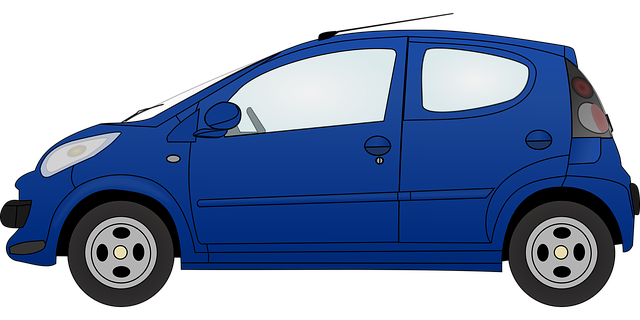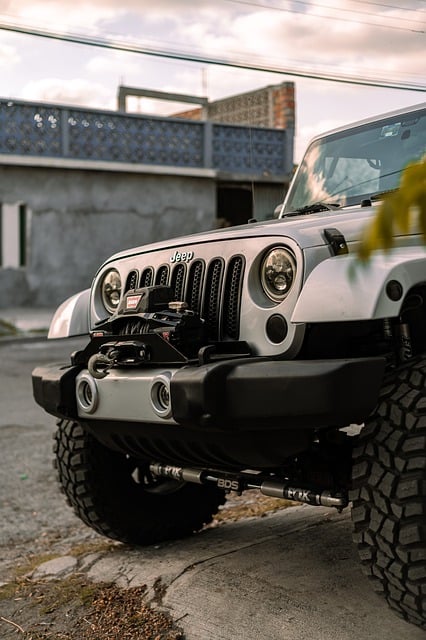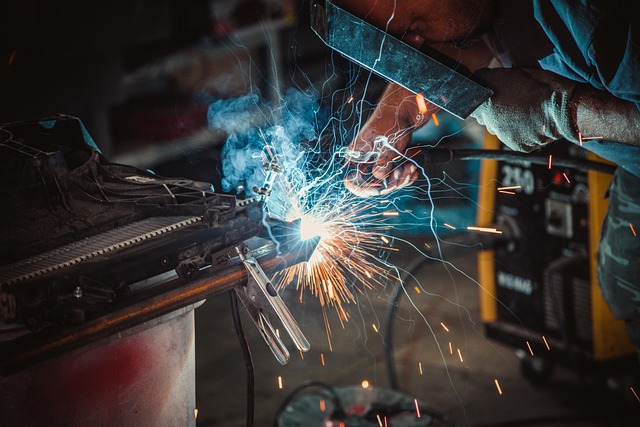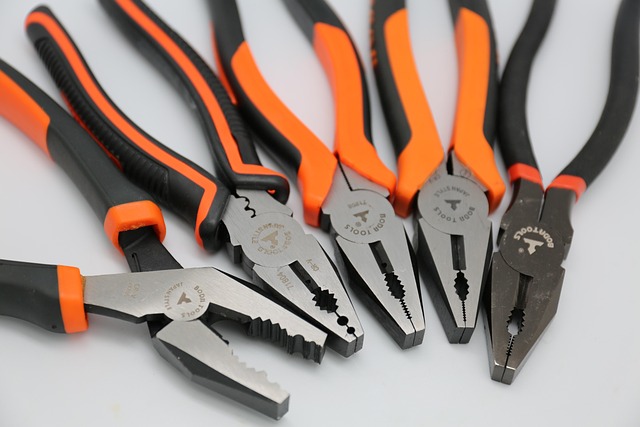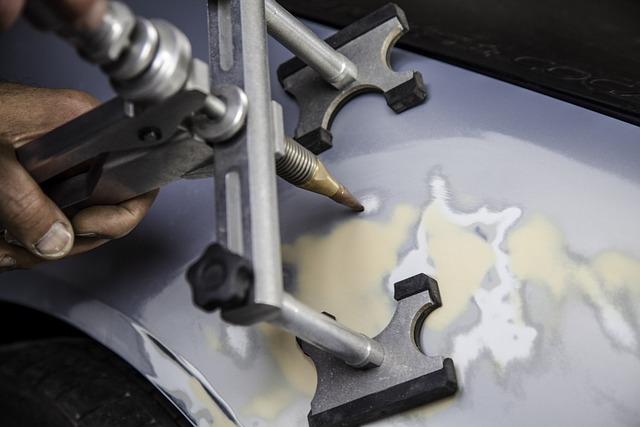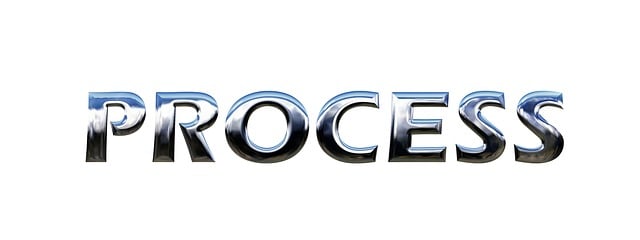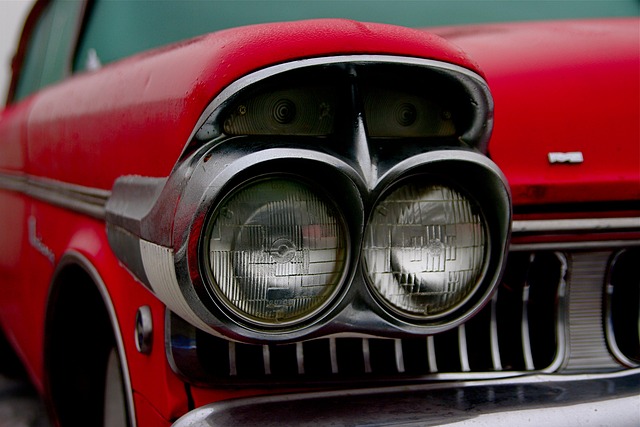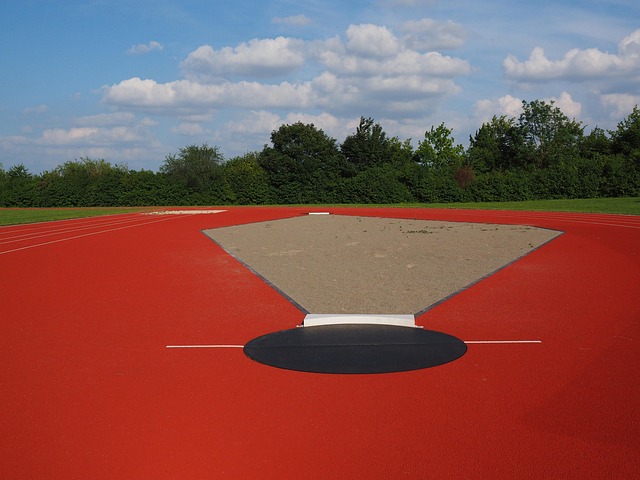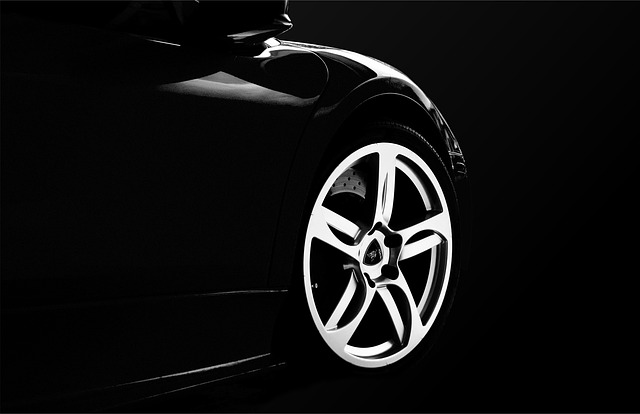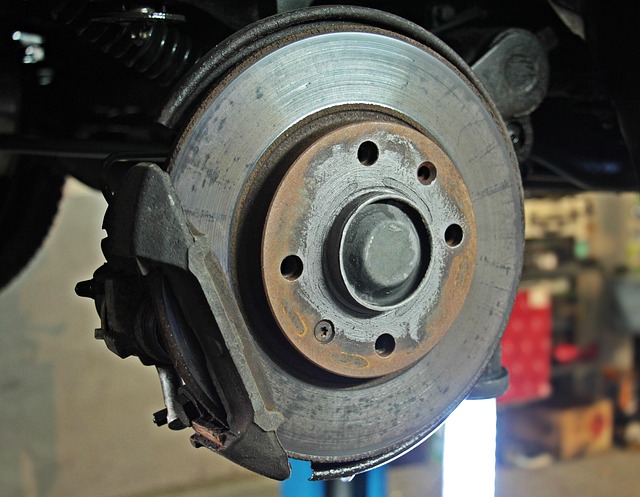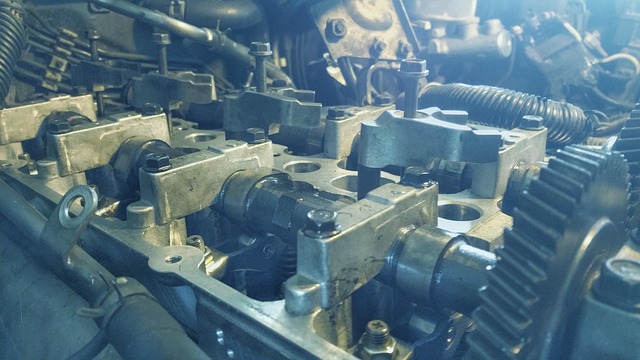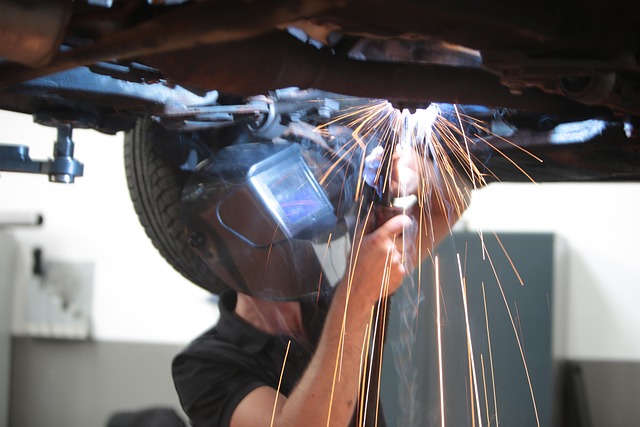Primer surfacer is crucial for auto repairs, preparing damaged areas by filling gaps, creating an even base, and enhancing durability of final finishes. It's essential for disguising repair work, especially in fixing dents, scratches, or holes, ensuring seamless blends between old and new materials. Meticulous application involves cleaning surfaces, selecting the right primer, applying it evenly, allowing drying time, and maintaining repairs for long-lasting, high-quality finishes.
In the realm of auto repairs, achieving seamless and durable finishes requires a meticulous process—and that’s where the primer surfacer application steps in as a game-changer. This critical step prepares the car’s surface, filling gaps and irregularities, ensuring a solid foundation for paint adhesion. Understanding the role of a primer surfacer can revolutionize your repair techniques. This article explores its significance, the benefits it offers, and provides best practices for effective application to achieve optimal results.
- Understanding Primer Surfacer: Its Role in Auto Repairs
- Benefits of Using a Primer Surfacer for Optimal Results
- Best Practices and Tips for Effective Application
Understanding Primer Surfacer: Its Role in Auto Repairs
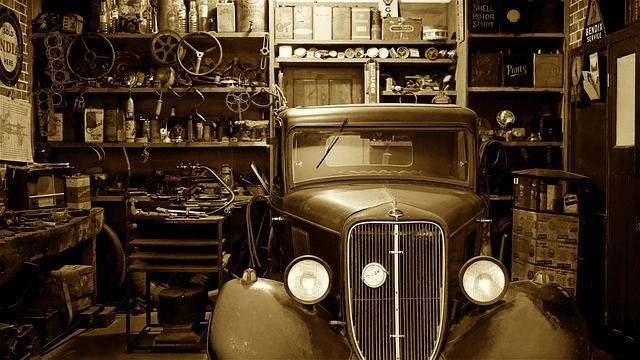
Primer surfacer is a crucial component in the process of auto repairs and car body repair, offering more than just a simple coating. Its primary role is to prepare the damaged area by providing an even, smooth base for subsequent coatings. In auto body work, this step is vital as it ensures that the final finish is not only aesthetically pleasing but also durable.
During primer surfacer application, the product fills in any gaps or imperfections on the car body’s surface, creating a seamless transition between the old and new materials. This is particularly important in auto body services where repairing minor dents, scratches, or holes is common. By applying primer surfacer correctly, technicians can achieve a superior blend that disguises the repair work, making it virtually invisible upon completion.
Benefits of Using a Primer Surfacer for Optimal Results
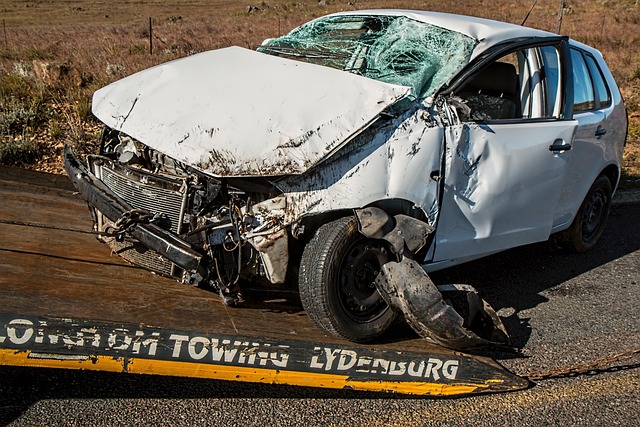
Using a primer surfacer for auto repairs offers numerous benefits that significantly enhance the quality of the final results. Firstly, it prepares the damaged surface by filling in imperfections and creating a smooth base. This is crucial for achieving an even application of subsequent coats, ensuring the new paint adheres well to the car’s body. A primer surfacer also acts as a protective barrier, shielding the underlying material from moisture and other environmental factors that could compromise its integrity.
In the context of car scratch repair or auto body painting, a primer surfacer serves as a bridge between the damaged area and the new paint job. It helps to create a seamless transition, ensuring that the repaired section blends perfectly with the rest of the vehicle’s exterior. Moreover, these products are designed to provide excellent coverage, blocking out any unsightly gaps or marks left by minor dents or scratches. By using a primer surfacer, car paint services can deliver long-lasting, high-quality finishes that protect and enhance the appearance of vehicles.
Best Practices and Tips for Effective Application
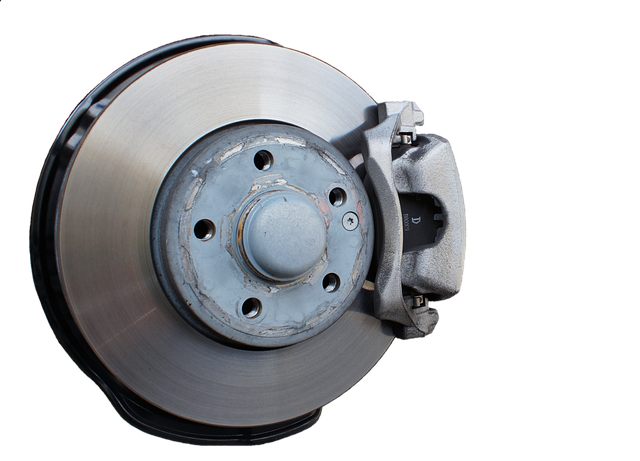
For optimal results in auto repairs, especially after a car collision repair or car paint services, adhering to best practices during primer surfacer application is paramount. It’s crucial to start by preparing the surface thoroughly – this involves removing any debris, dust, or remaining paint. A clean canvas ensures better adhesion and long-lasting effects.
Next, choose the right primer surfacer for your project, as different types cater to various needs. Apply an even coat using a high-quality brush or sprayer, following the manufacturer’s instructions on thickness. Allow sufficient drying time between coats to prevent imperfections. Regular maintenance and reapplication as needed also contribute to maintaining the integrity of the repair, ensuring a seamless blend with subsequent car paint services.
The primer surfacer application is an indispensable step in auto repairs, offering numerous benefits. By preparing the surface optimally, it ensures better adhesion for paint jobs, enhances durability, and prevents rust. With the right techniques and products, this process can significantly improve the quality of vehicle restoration. Incorporating these best practices into your repair routine will lead to superior outcomes and customer satisfaction.
